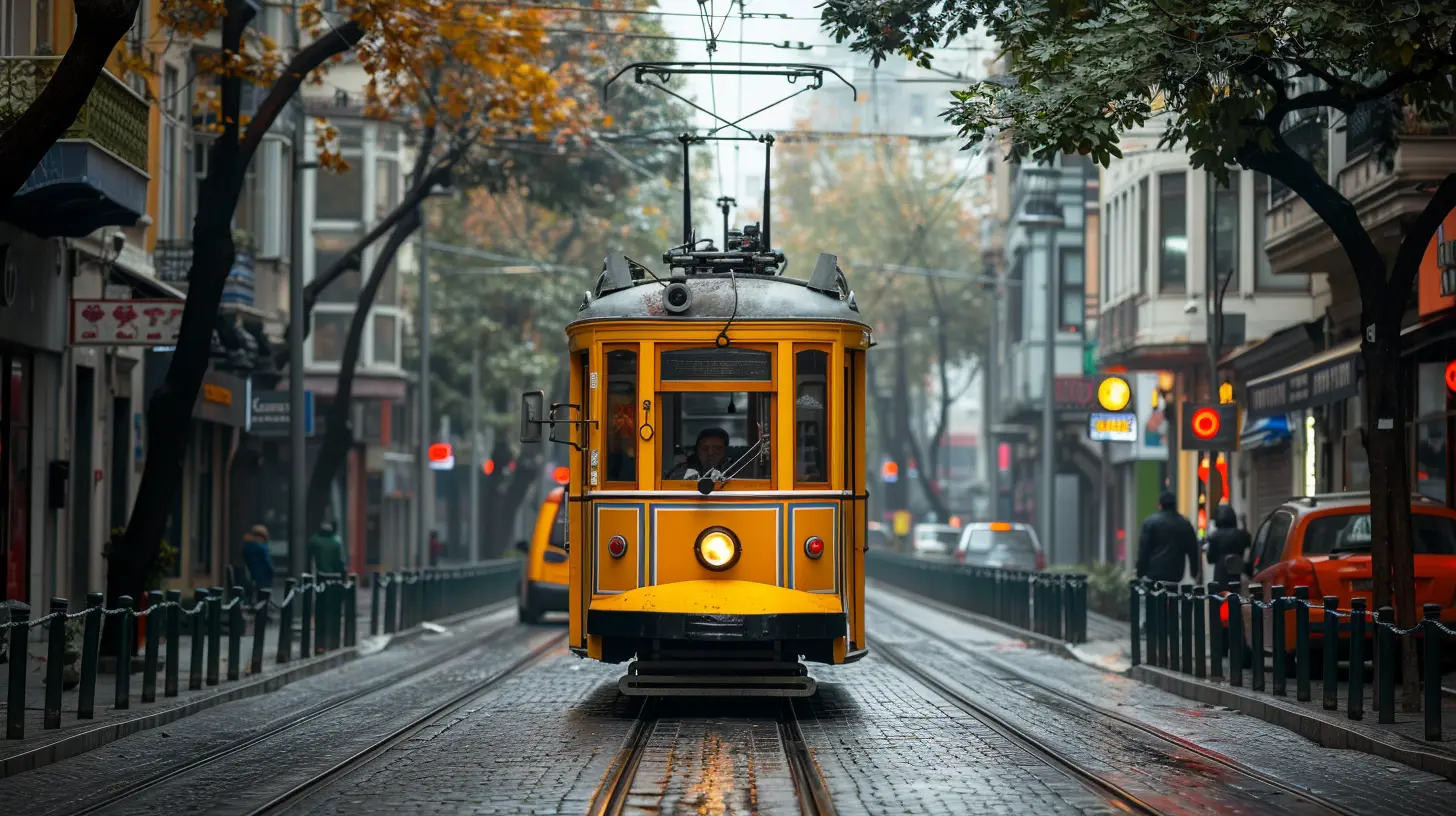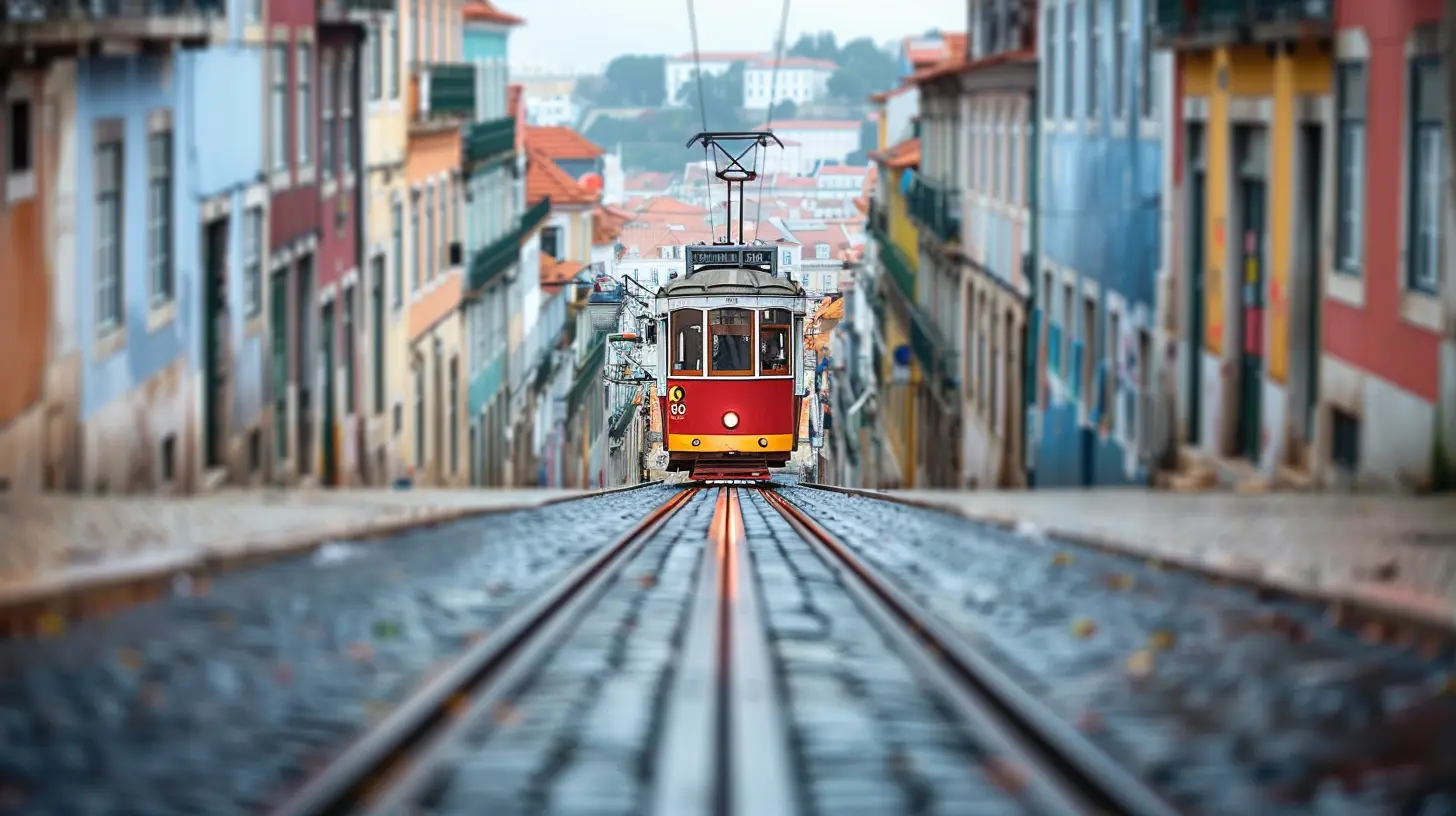How to Use Public Transportation Like a Local in Any City
11 November 2025
Traveling to a new city can be exciting, but figuring out public transportation? That can be a bit nerve-wracking. No one wants to look like a lost tourist fumbling with maps and ticket machines. But guess what? With a little know-how, you can use public transportation as smoothly as the locals do.
This guide will walk you through everything—from understanding different transit systems to avoiding common rookie mistakes—all in a way that's easy to follow. So, let’s dive in and help you ride like a pro. 
1. Research Before You Arrive
One of the best things you can do before landing in a new city is research its public transportation. Every city has a different system, and understanding the basics ahead of time will save you from a lot of stress.Check Out the Official Website
Most cities have dedicated websites for their transit authorities. Look for information on:- Types of transportation available (buses, trains, trams, metro, ferries, etc.)
- Operating hours (some cities shut down early, others run 24/7)
- Ticketing options (single ride, daily passes, or reloadable cards)
- Maps and schedules
Download Transit Apps
Gone are the days of carrying bulky maps. Apps like Google Maps, Citymapper, Moovit, or even the official transit app of the city can help you navigate in real-time.Tip: If you won’t have mobile data, take screenshots of transit maps and directions before leaving your accommodation. 
2. Picking the Right Ticket or Pass
Nothing screams tourist like standing at a ticket machine panicking over which fare to buy. Avoid that by knowing your options:Single Ride vs. Day/Weekly Pass
- If you're only taking a ride or two, a single ticket might work.- For multiple trips in a day, a 24-hour or multi-day pass is often cheaper.
- Many cities offer reloadable transit cards (like London's Oyster card or NYC’s MetroCard) which provide discounts over single tickets.
Buying Tickets
- Some systems still sell paper tickets, but most are shifting to contactless payment. You may need to buy a transit card or use a contactless credit/debit card.- Some places (like buses in certain cities) only accept exact change, so keep small cash handy.
Pro Tip: If available, use mobile ticketing apps to buy your fare in advance and skip long queues at ticket machines. 
3. Understanding the Transit Map
Ever stared at a tangled mess of colorful lines on a subway map and felt overwhelmed? You're not alone. But understanding a transit map is easier than it looks.Focus on These Key Elements
- The Lines: Each route is usually color-coded and named (Red Line, Green Line, etc.).- Stations: Major stops tend to have transfer points where multiple lines connect.
- End Stops: Always check the final destination of the train/bus you’re boarding.
Offline Maps Can Be Life-Savers
- Many cities provide printable transit maps on their websites.- Download an offline version from Google Maps or use a dedicated transit app.
Pro Tip: Don’t just memorize your departure and arrival stops. Be aware of the next stop or two before yours so you can prepare to exit confidently. 
4. Timing Your Trip Wisely
Public transport isn’t always predictable. Some cities have frequent service, while others have long gaps between buses or trains.Avoid Rush Hour
If possible, travel outside peak hours (usually 7-9 AM and 5-7 PM). Trains and buses will be packed with locals commuting to work, making it harder to grab a seat or even find space to stand.Check the Last Train/Bus Timing
Not every transit system runs late at night. Some metros shut down early (like in Paris or Singapore), while others (like NYC) operate 24/7. Always check the last service time so you don’t end up stranded after a night out.Pro Tip: Some cities have night buses or trams that replace trains after regular hours. Look them up before heading out.
5. Boarding and Exiting Like a Pro
You don’t want to be that tourist standing in the middle of the doors blocking everyone's way, right?Train & Subway Etiquette
- Stand to the side when doors open—let people exit first before boarding.- Move inside instead of hogging the area near the doors. Someone else needs space too!
- Offer your seat to elderly passengers, pregnant women, and people with disabilities.
Bus Etiquette
- Signal the driver by pressing the STOP button early so you don’t miss your stop.- If paying with cash, have the exact fare ready to avoid holding up the line.
Pro Tip: In some cities (like London), buses won’t stop unless you signal by waving your hand. Watch how locals do it!
6. Staying Safe on Public Transport
While public transit is generally safe, it’s always smart to take precautions.Keep an Eye on Your Belongings
Pickpockets love crowded metros and buses. Keep your bag zipped and in front of you, especially in busy areas.Be Aware of Your Surroundings
If a train or bus is empty during peak hours, it might be best to wait for another one. Trust your instincts—if something feels off, move to a different car or seat.Late-Night Travel
- Sit near the driver or in a well-lit area.- Stay alert and avoid distractions like loud music in your earbuds.
Pro Tip: If you're unfamiliar with the area, use a transit app with GPS tracking to make sure you're heading in the right direction.
7. Knowing When to Ask for Help
Even seasoned travelers get lost sometimes, and that’s okay!Who to Ask?
- Transit Staff: Information counters, ticket agents, or station attendants can assist you.- Fellow Commuters: Many locals are happy to help if you ask politely.
- Online Forums: If you're preparing ahead, check Reddit or travel forums for local insights.
Pro Tip: Instead of asking "Where is the subway?", try "How do I get to [Destination] by metro?"—locals can give you the best route instead of just pointing vaguely in one direction.
8. Alternatives When Public Transport Fails
Sometimes, things don’t go as planned—maybe there’s a transit strike, bad weather, or delays. Have a backup plan!Ride-Sharing & Taxis
Apps like Uber, Lyft, or Bolt can be lifesavers when public transport is down. Just be mindful that surge pricing can make things expensive.Walking or Biking
Many cities have bike rental services or are pedestrian-friendly. Walking can sometimes be faster (and more scenic) than public transit.Pro Tip: Look into e-scooter rentals if available—they're a fun and efficient way to travel for short distances.
Final Thoughts
Using public transportation like a local isn’t just about saving money—it’s about immersing yourself in the rhythm of a city. With the right preparation, a little confidence, and a few local tricks, you’ll blend in seamlessly with commuters instead of standing out as a confused tourist.Next time you travel, ditch the expensive taxis and embrace public transit. Who knows? You might even enjoy the ride.
all images in this post were generated using AI tools
Category:
Travel TipsAuthor:

Kelly Hall
Discussion
rate this article
1 comments
Alvin Hayes
Using public transportation like a local can enhance your travel experience. Familiarize yourself with local apps, maps, and schedules, and don’t hesitate to ask locals for tips!
November 12, 2025 at 4:30 AM

Kelly Hall
Absolutely! Engaging with public transportation not only saves money but also allows for authentic interactions and a deeper understanding of the city’s culture. Happy traveling!


